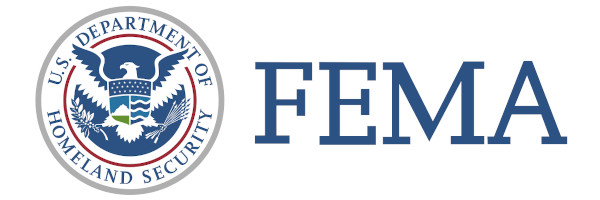Emergency Support Functions
| Public Safety | ||||||||||||||||||||||||||||||||||||
|---|---|---|---|---|---|---|---|---|---|---|---|---|---|---|---|---|---|---|---|---|---|---|---|---|---|---|---|---|---|---|---|---|---|---|---|---|

| ||||||||||||||||||||||||||||||||||||
| Sectors | Public Safety | |||||||||||||||||||||||||||||||||||
| Contact | Brenda Bannan | |||||||||||||||||||||||||||||||||||
| Topics | ||||||||||||||||||||||||||||||||||||
Activities
| ||||||||||||||||||||||||||||||||||||
- Authors
FEMA Emergency Support Functions (ESFs) may be selectively activated for both Stafford Act and non-Stafford Act incidents. Not all incidents requiring Federal support result in the activation of ESFs. For Stafford Act incidents, the National Response Coordination Center (NRCC) or Regional Response Coordination Center (RRCC) may activate specific ESFs or other Federal agencies (OFAs) by directing appropriate departments and agencies to initiate the actions delineated in the ESF Annexes.
Resources coordinated though ESFs are assigned where needed within the response structure. For example, if a state requests assistance with a mass evacuation, resources from several different ESFs may be integrated into a single Branch or Group within the Operations Section. During the response, these resources would report to a supervisor within the assigned Branch or Group.
Recovery Support Functions (RSFs) are established as annexes to the National Disaster Recovery Framework (NDRF) and support the community, lead agencies, and private sector enterprises in planning and coordinating the recovery of a community from the effects of a catastrophic disaster or emergency.
The following table illustrates the rough correspondence between ESF/RSF structures.
| ESF | Coordinator | Roles |
|---|---|---|
| ESF #1 – Transportation | US Department of Transportation | Aviation/airspace management and control
Transportation safety Restoration and recovery of transportation infrastructure Movement restrictions Damage and impact assessment |
| ESF #2 – Communications | US Department of Homeland Security (DHS) | Coordination with telecommunications and information technology industries
Restoration and repair of telecommunications infrastructure Protection, restoration, and sustainment of national cyber and information technology resources Oversight of communications within the Federal incident management and response structures |
| ESF #3 – Public Works and Engineering | US Department of Defense (U.S. Army Corps of Engineers) | Infrastructure protection and emergency repair
Infrastructure restoration Engineering services and construction management Emergency contracting support for lifesaving and life-sustaining services |
| ESF #4 – Firefighting | US Department of Agriculture (US Forest Service) | Coordination of Federal firefighting activities
Support to wildland, rural, and urban firefighting operations |
| ESF #5: Information and Planning | DHS (FEMA) | Collects, analyzes, processes, and disseminates information about a potential or actual incident
Conducts planning activities |
| ESF #6: Mass Care, Emergency Assistance, Temporary Housing and Human Services | DHS (FEMA) Mass care | Emergency assistance
Disaster housing Human services |
| ESF #7 – Logistics Management and Resource Support | General Services Administration and FEMA | Comprehensive, national incident logistics planning, management, and sustainment capability
Resource support (facility space, office equipment and supplies, contracting services, etc.) |
| ESF #8 – Public Health and Medical Services | US Department of Health and Human Services (HHS) | Public health
Medical Mental health services Mass fatality management |
| ESF #9 – Search and Rescue | DHS (FEMA) | Lifesaving assistance
Search and rescue operations |
| ESF #10 – Oil and Hazardous Materials Response | US Environmental Protection Agency | Oil and hazardous materials (chemical, biological, radiological, etc.) response
Environmental short- and long-term cleanup |
| ESF #11 – Agriculture and Natural Resources | US Department of Agriculture | Nutrition assistance
Animal and plant disease and pest response Food safety and security Natural and cultural resources and historic properties protection Safety and wellbeing of household pets |
| ESF #12 – Energy | US Department of Energy | Technical expertise to energy asset owners and operators, and Federal, State, Tribal, and territorial government, and conducts field analysis as required, with focus on restoration of energy systems after damage. |
| ESF #13 – Public Safety and Security | US Department of Justice | Facility and resource security
Security planning and technical resource assistance Public safety and security support Support to access, traffic, and crowd control |
| ESF #14: Long TermCommunity Recovery | Long Term Community Recovery is superseded by the National Disaster Recovery Framework (NDRF) | |
| ESF #15 – External Affairs | DHS | Emergency public information and protective action guidance
Media and community relations Congressional and international affairs Tribal and insular affairs |










